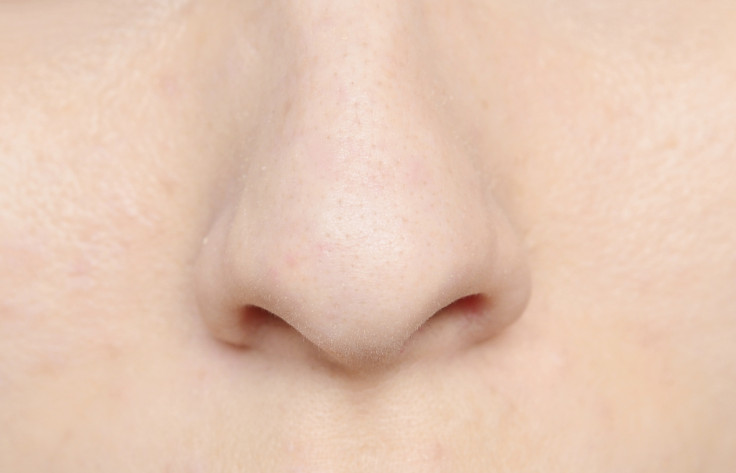Genes for nose shape and size shed light on evolution of our faces

The reason why some people have bigger noses or pointier chins than their peers is to be found in their genes. Scientists from UCL in London have identified five genes which appear to shape these two prominent facial features.
Humans show significant variation in facial features - noses in particular come in all sizes - so anthropologists have long used this variation to study human population diversification. Some have even hypothesised that facial features had evolved by adaptation to the environment.
The nose for example is an important feature, as it regulates the temperature and humidity of the air we breathe in, so it may have developed in different shapes according to the climate humans lived in.
In this latest study, published in Nature Communications, the scientists have conducted a genome-wide association scan for facial features in more than 6,000 people from Latin America.
They succeeded in pinpointing which genes drive the development of people's noses and chins, offering interesting clues about how nose shapes have evolved to help humans adapt to their environment.
Varied facial features
The scientists used the CANDELA cohort to examine the facial features of around 6,000 volunteers from Brazil, Colombia, Chile, Mexico and Peru. These individuals came from very different origins: 50% had mixed European ancestry, 45% Native American and 5% African. They therefore presented important variations in facial features.
The team collected and analysed the participants' DNA samples in order to associate specific genes to certain facial features. A subgroup of 3,000 individuals had their features assessed using a 3D reconstruction of the face. This allowed the scientists to measure their facial features more precisely.
They identified three genes directly involved in the development and shaping of the nose - GLI3, DCHS2 and PAX1. These genes are known to drive cartilage growth, but with important differences between them.
For example, GLI3 and PAX1 appear to control the breadth of nostrils, while DCHS2 was found to control nose "pointiness". Another gene they found was RUNX2, which drives bone growth and controls nose bridge width. Finally, the scientists also discovered that a gene called EDAR affected the way the chin sticks out.
For evolutionary purposes
By comparing the variation between these "nose genes", the scientists hope to understand how facial features in humans have evolved in relation to their environment.
"It has long been speculated that the shape of the nose reflects the environment in which humans evolved. For example, the comparatively narrower nose of Europeans has been proposed to represent an adaptation to a cold, dry climate", concludes lead author Andrés Ruiz-Linares.
"Identifying genes affecting nose shape provides us with new tools to examine this question, as well as the evolution of the face in other species. It may also help us understand what goes wrong in genetic disorders involving facial abnormalities".
© Copyright IBTimes 2025. All rights reserved.






















